An Interactive Tool for Citizen Engagement
With this project we explore the design space of citizen engagement tools making use of spatio-temporal data visualization techniques on a crowd-sourced website.
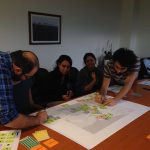
With this project we explore the design space of citizen engagement tools making use of spatio-temporal data visualization techniques on a crowd-sourced website.
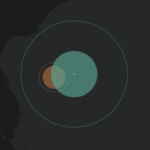
The aim of this project is to create a map based tool that will visualize mobility and activity of people based on social events in the city, to support decision making process through urban life.

This link goes to a list of projects where we explore how to visualize different urban spatio-temporal data such as human activity in the city or intangible phenomenon such as soundscape, smellscape, emotionscape.
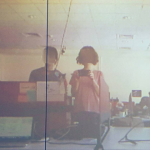
This mirror-like wall facilitates work environments especially for people with attention related problems such as autism and ADHD (Attention Deficit Hyperactivity Disorder) by means of diminished and augmented reality.

Mobile Bio-Ethnography is an early-stage idea that proposes to explore the sensory perceptual experiences (SPE) of people with Autistic Spectrum Disorder (ASD) by using sensory ethnography together with biosensors.
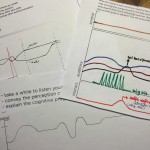
The aim of this ongoing research study is to build a mediated sound reality concept to enhance our interaction with the soundscape we live in.
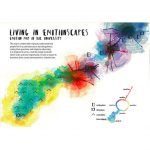
The idea of this new project is to build an attentive artifact that watches the link between the physical surrounding and our emotions via multimodal tracking, find patterns in this interaction, and then mediate how we see the physical world. We will make use of different sensors and Hololens to mediate the reality.
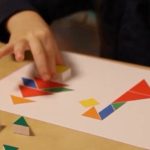
This projects is situated in the intersection of two disciplines: cognitive development and child-computer interaction. Our research combines literature on early spatial learning and tangible interaction design for preschool children. The ultimate goal of this project is to develop a design guideline for child-tangible interaction that serves spatial skills of children between 2 and 4 years old.
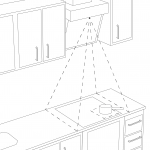
Our aim in this project is to explore the types of information, interaction and vizualization that can be used in spatial augmented reality scenarios for indoor use.
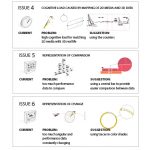
It is a highly challenging task to track the surrounding changes on a sailing boat and make decisions for an effective navigational tactic. Here we research about employing a head mounted augmented reality system that displays the complex data to the tactician.